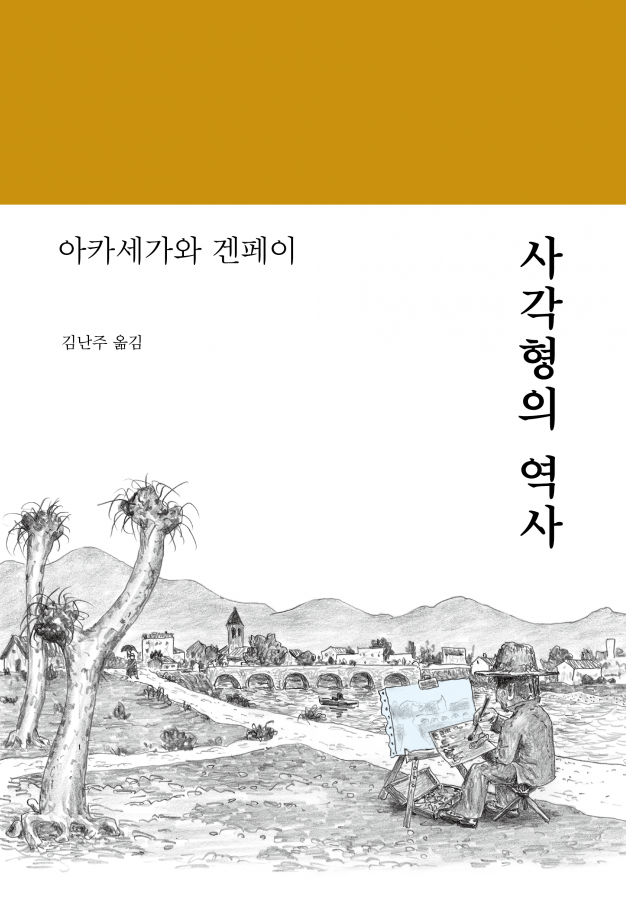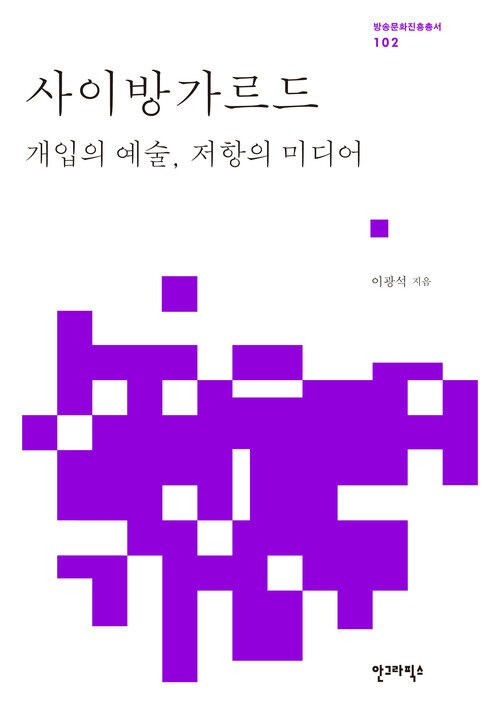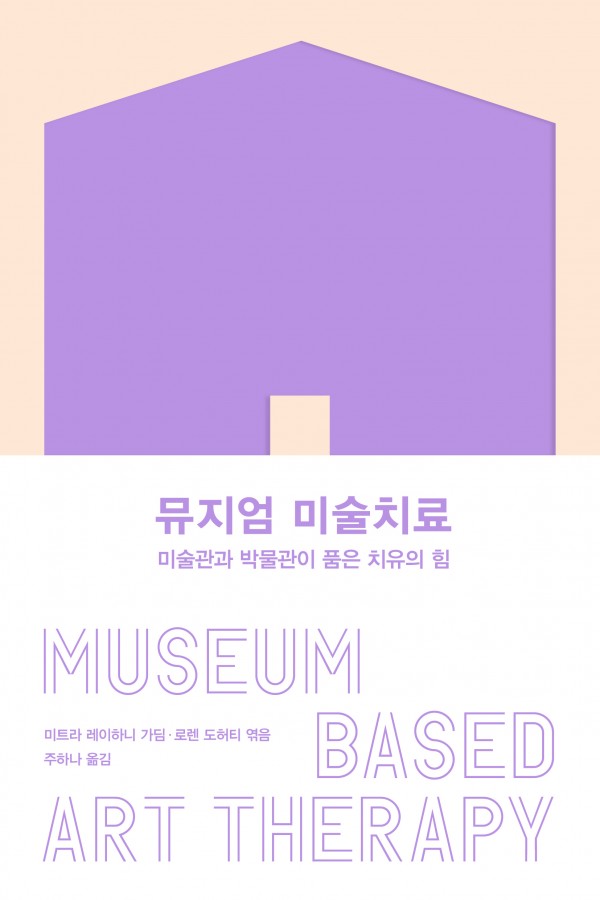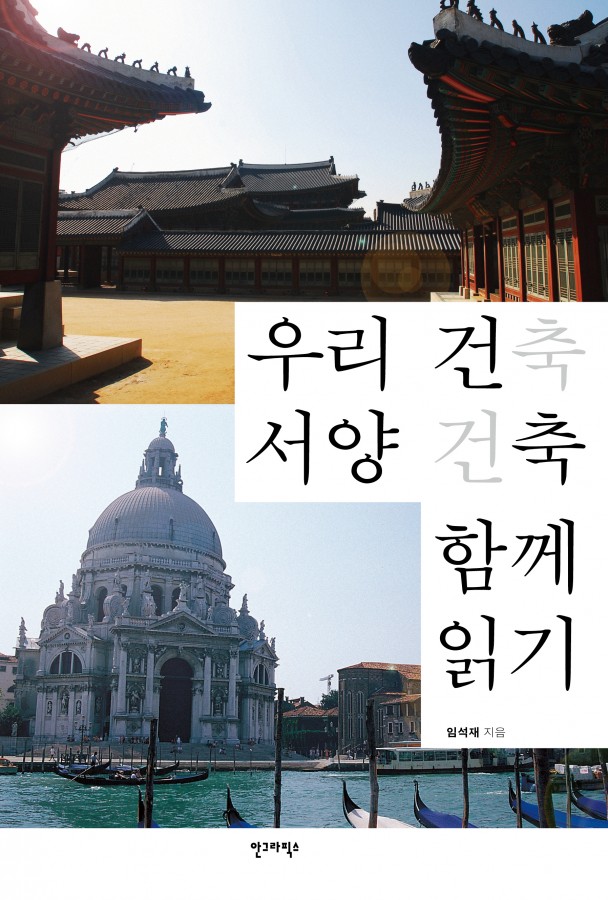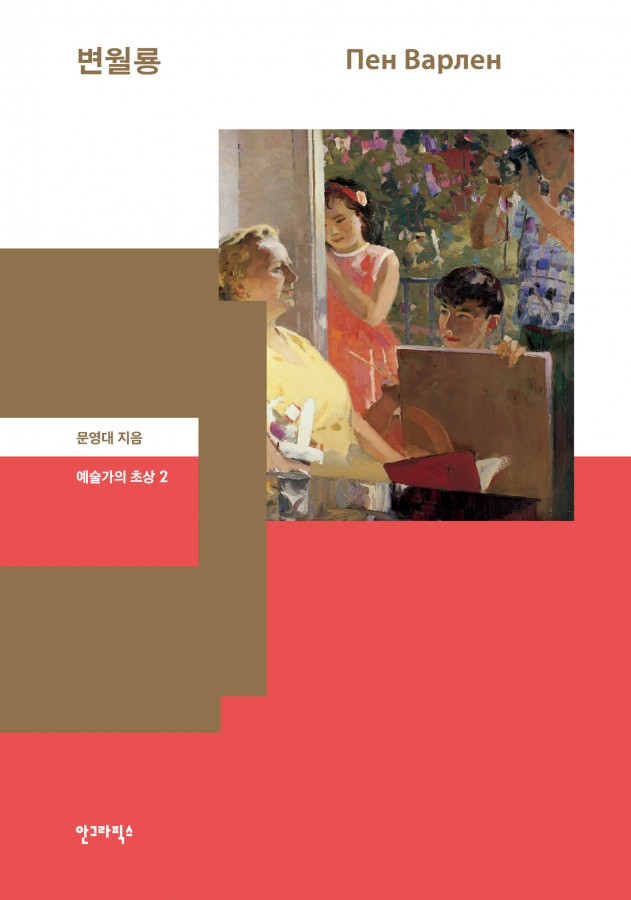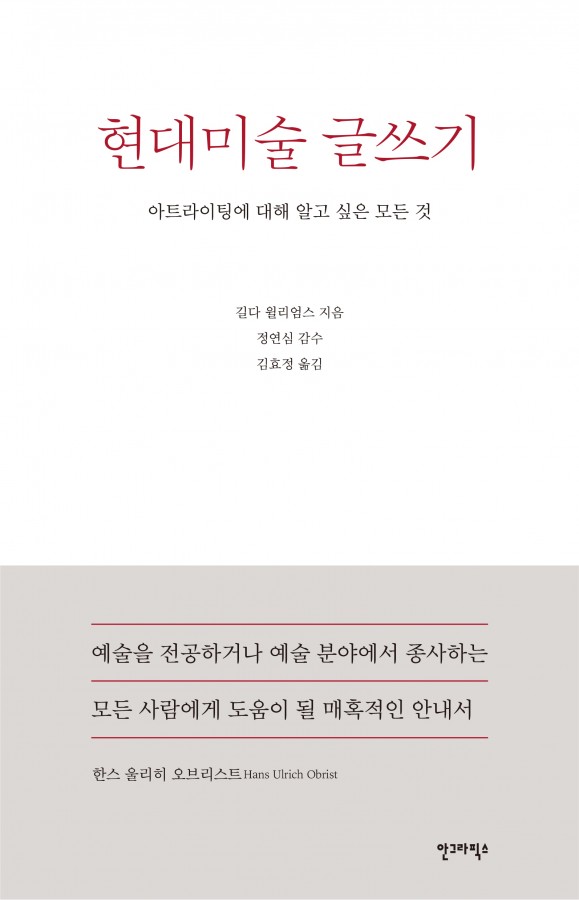Adolf Loos: Ornament and Crime – A Must-Read for Architects and Artists Alike
Ornament is a crime is not just a statement from the past—it is a bold critique directed at our present-day society.
This book is a carefully curated collection of Adolf Loos’s most essential architectural essays, making it a classic and a must-read for our time. At the turn of the 19th century, Vienna, the capital of the Austro-Hungarian Empire, became a hub for Sezession (Secession), an artistic movement that embraced Art Nouveau. However, Loos saw Vienna’s architecture as clinging to ornamentation, resisting the progression into modernity. In response, he famously declared, “Ornament is a crime,” arguing that the true foundation of modern architecture lay not in decoration but in the functional rationality of classicism.
Loos’s radical ideas were not merely theoretical; they sparked intense debate. His Looshaus, built on Michaelerplatz in Vienna, was so controversial that authorities halted construction, viewing its lack of ornamentation as an outright challenge to tradition.
Despite the initial backlash, Loos’s philosophy deeply influenced modern architects, with Le Corbusier himself acknowledging his impact, stating, “Adolf Loos cleared the ground beneath our feet.” His rejection of ornament became a cornerstone of modern architecture, shaping the minimalist aesthetics of the 20th century.
But why did Loos denounce ornamentation as a crime? The answer is clearly revealed in this book. His essays, though concise, are far from simple—they offer a sharp critique of society, urging us to rethink aesthetics in the modern era. The deeper one delves into Loos’s arguments, the more uncomfortably relevant they become, holding up a mirror to the excesses of contemporary design and culture.
For anyone involved in architecture, art, or design, this book is not just a historical document—it is a call to action that remains as provocative and essential today as it was over a century ago.

